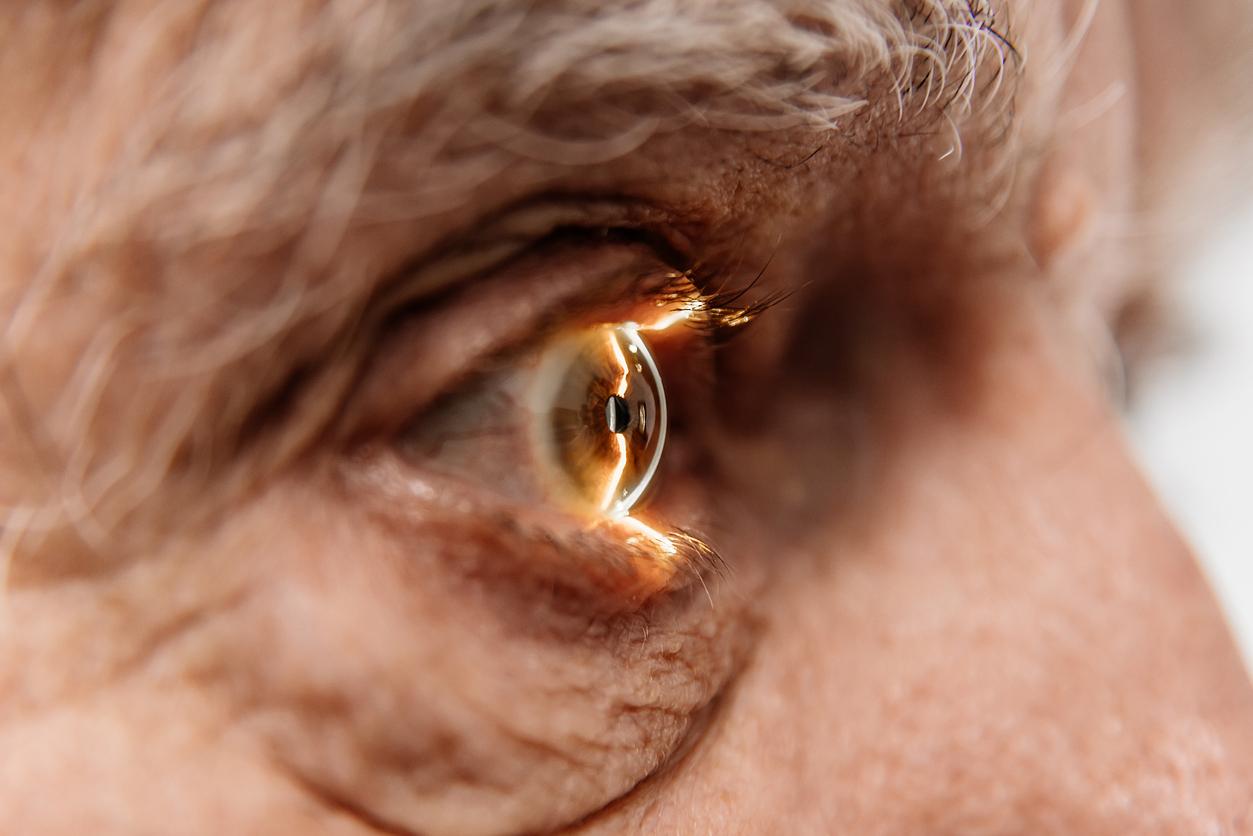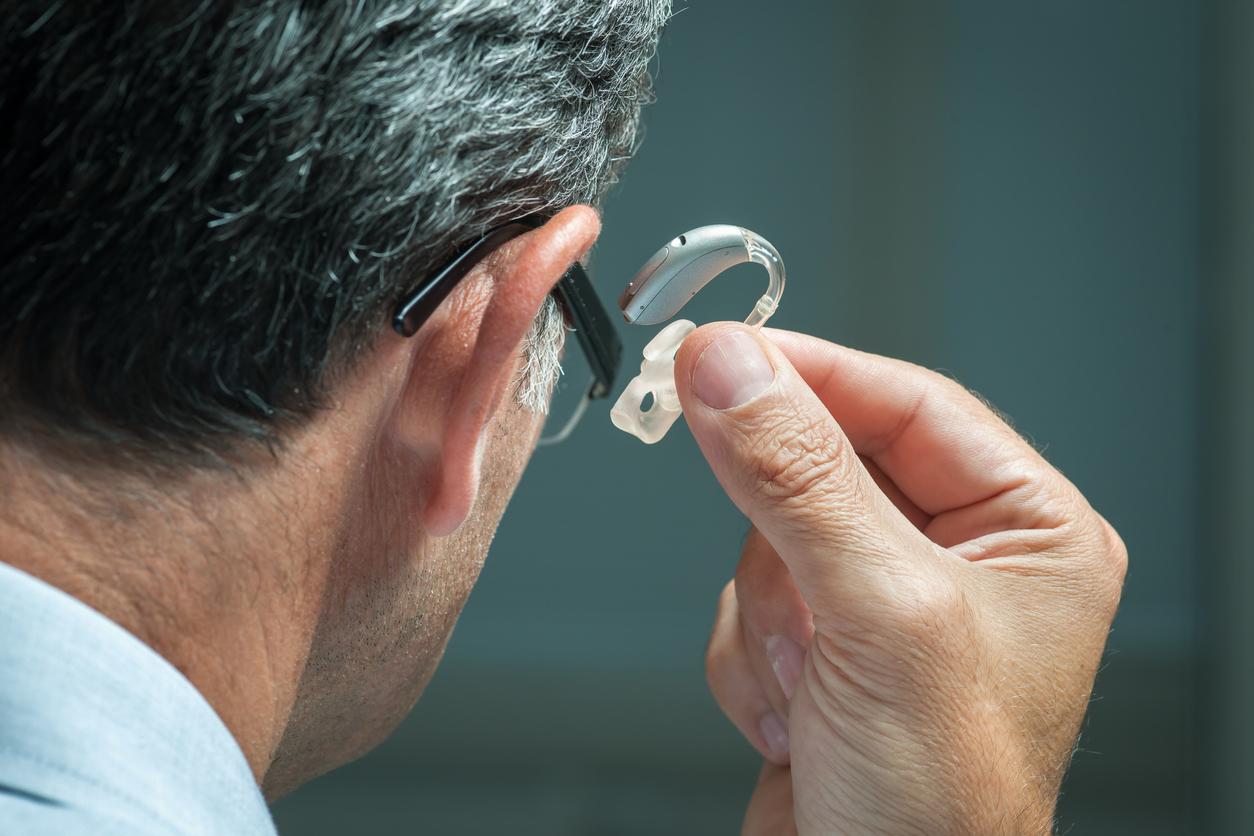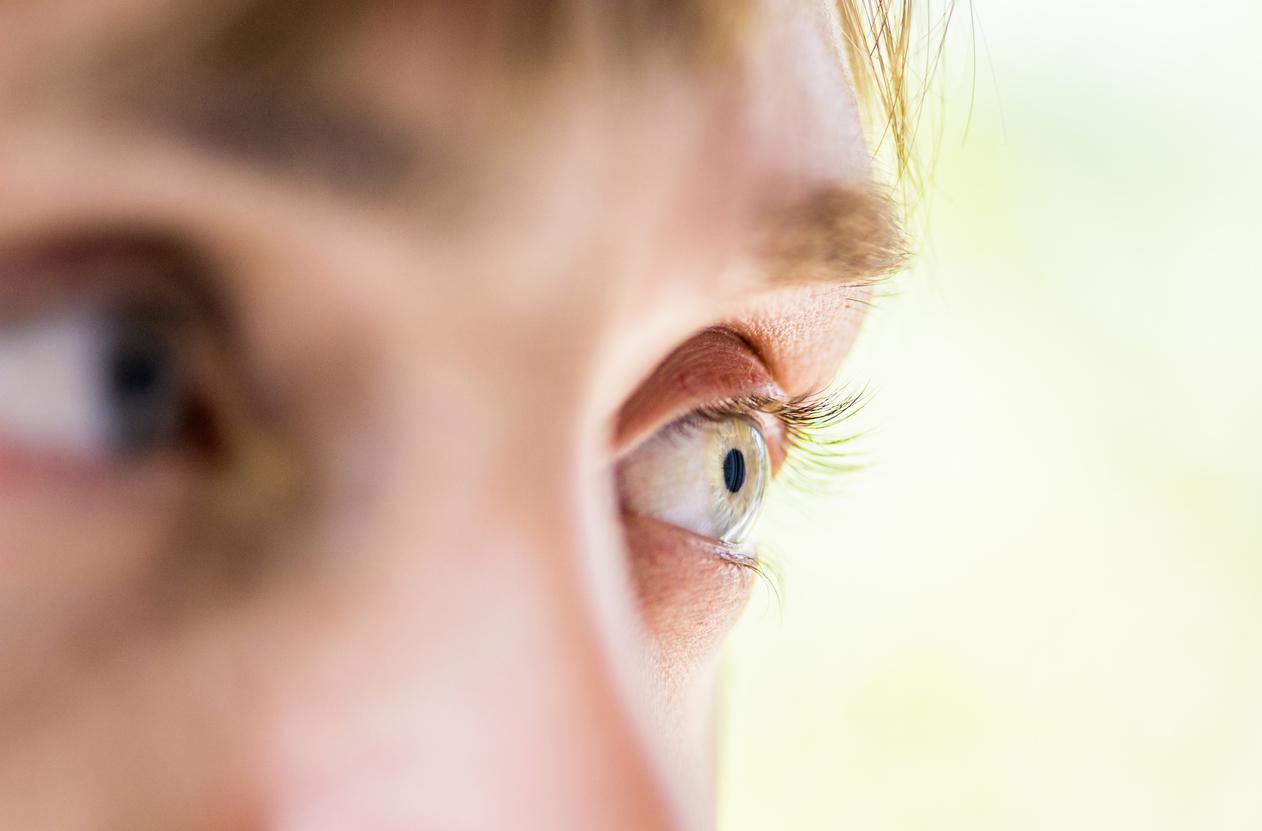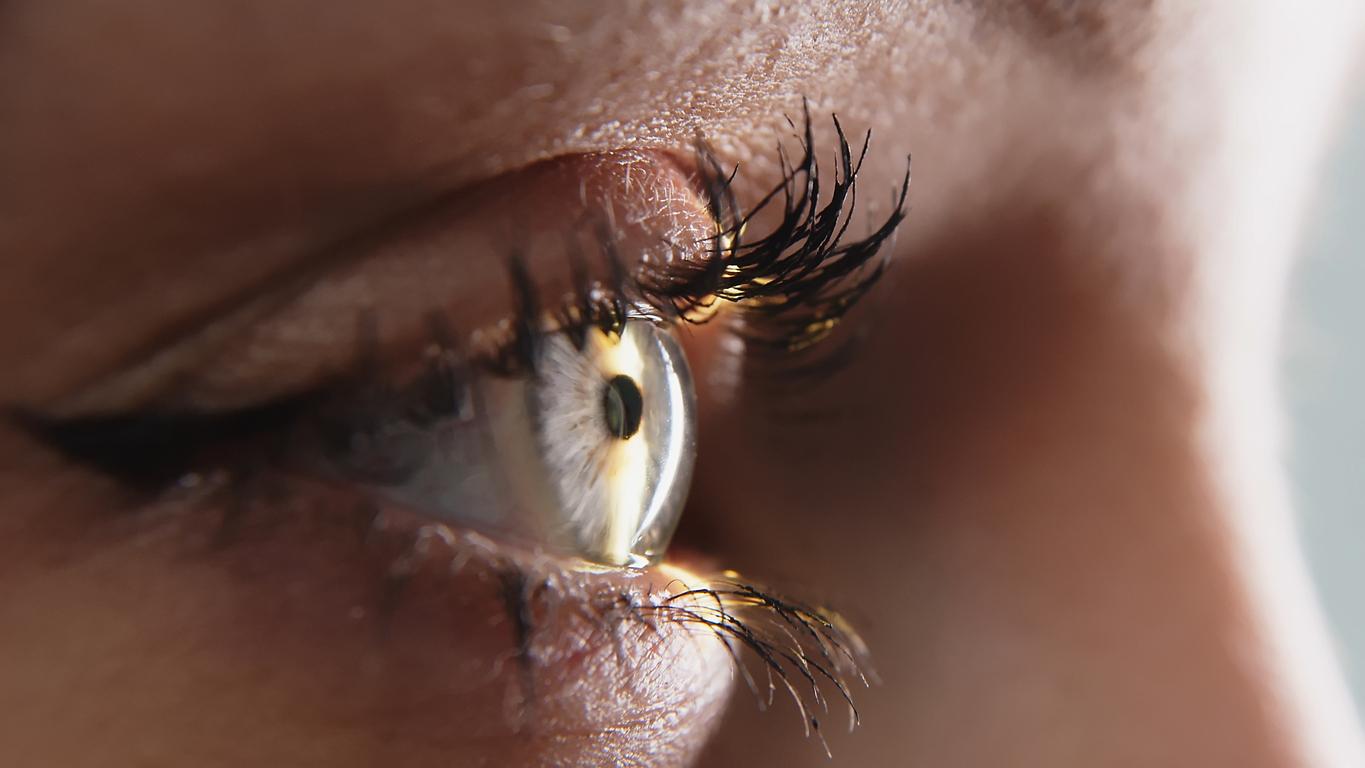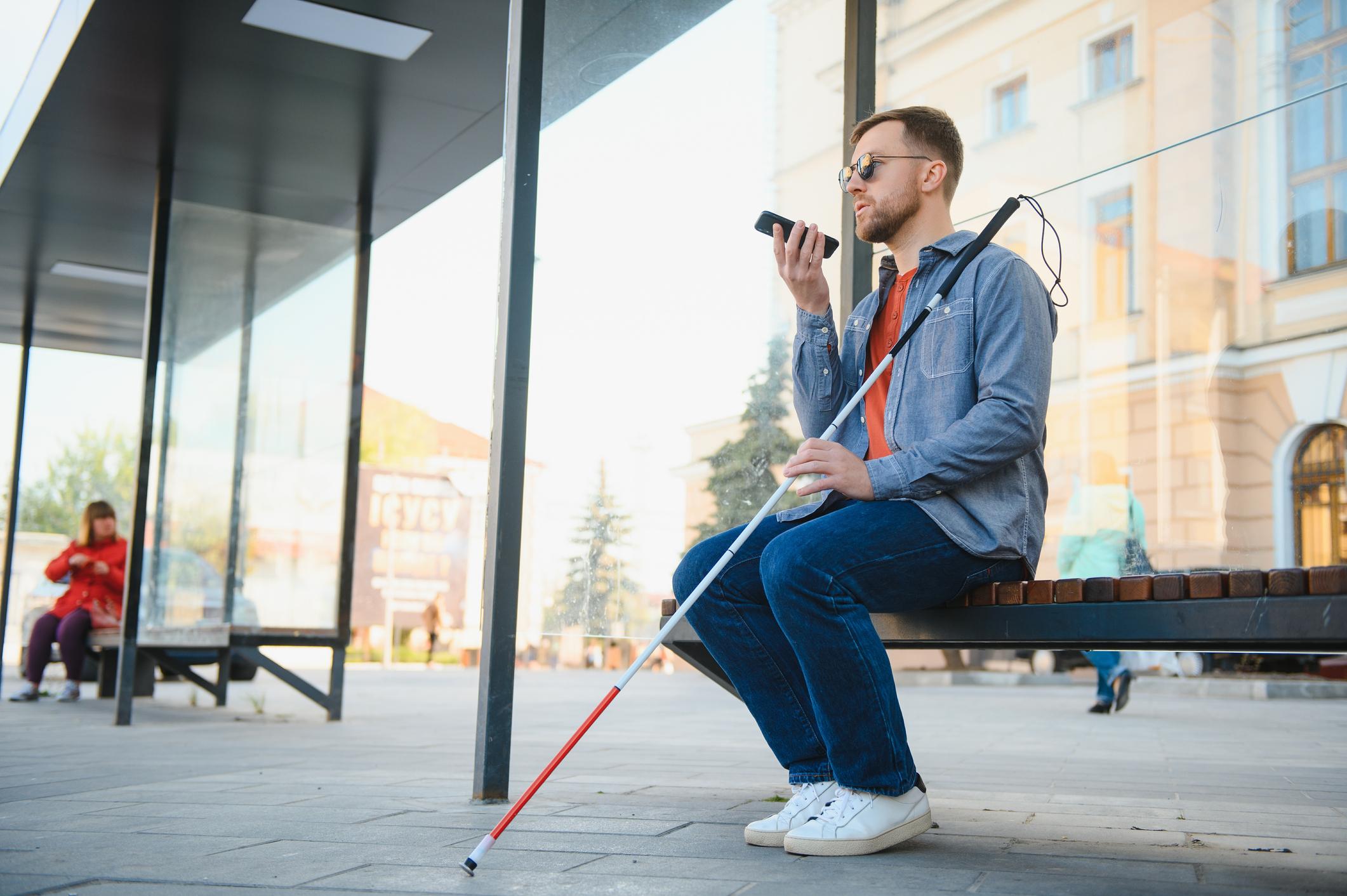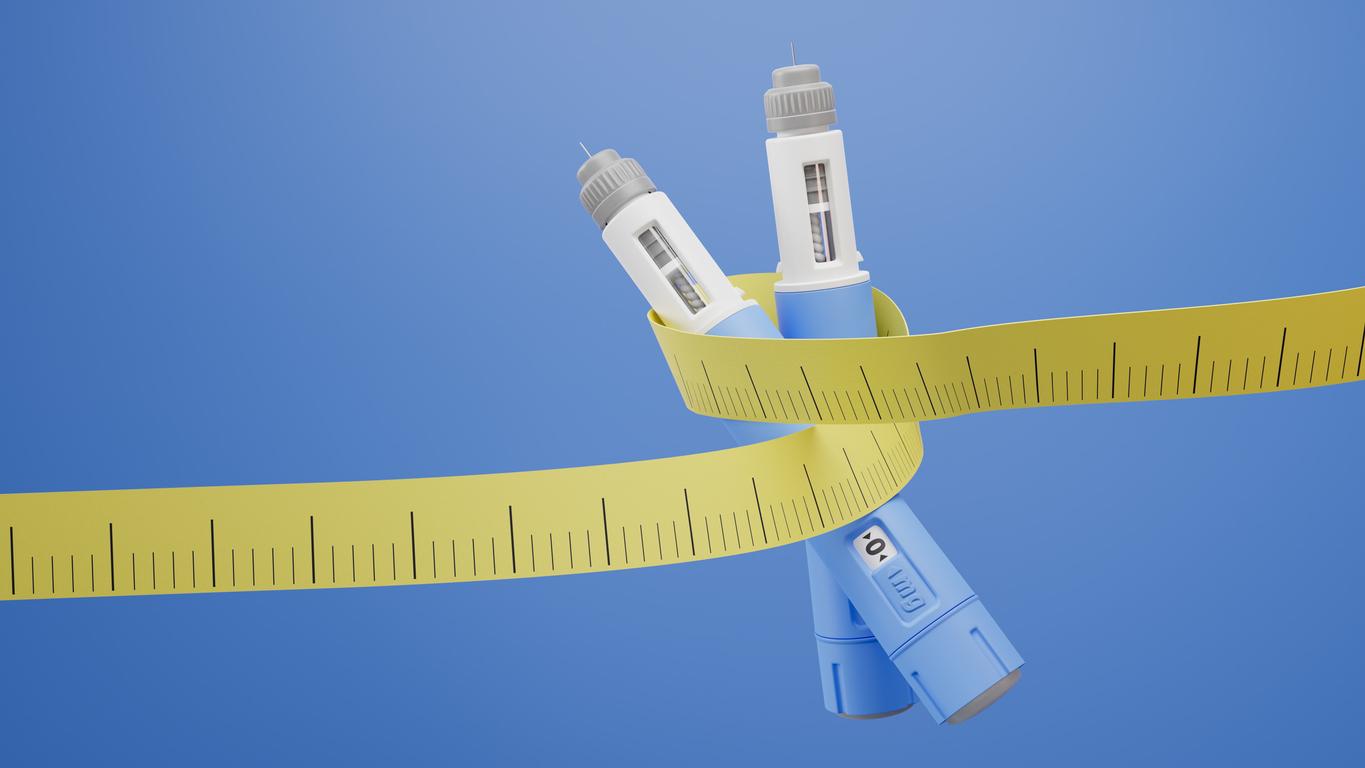Advances in diagnosis and treatment have halved the risk of blindness associated with glaucoma in 20 years, according to an American study.
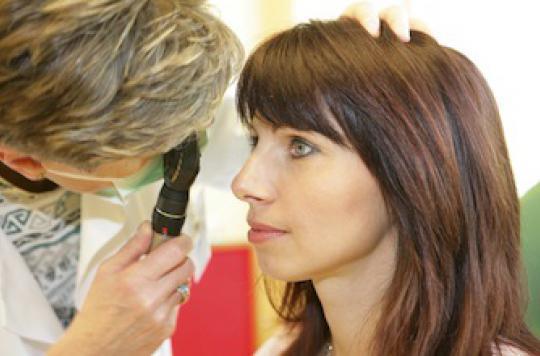
While it currently affects more than 60 million people around the world, glaucoma would however be better and better managed. Indeed, according to a study that has just been published in Ophthalmology, the scientific journal of the American Academy of Ophthalmology, since 1980, the risk of blindness caused by this serious eye disease, has almost halved. This study by a team of researchers from the Mayo Clinic is the first to assess the incidence of the population blind due to glaucoma.
26% blindness due to glaucoma in 1980 and 13% in 2000
This team therefore examined all cases of open-angle glaucoma, the most common chronic form in this pathology, diagnosed from 1965 to 2009 in Olmsted County, Minnesota. They found that the probability of being blind 20 years after diagnosis and the incidence of the population blind of at least one eye due to this disease increased from 25.8% for those diagnosed between 1965 and 1980 to 13.5% for people diagnosed between 1981 and 2000. In addition, the incidence of the population blind due to glaucoma within 10 years of diagnosis would also have decreased, from 8.7 per 100,000 to 5.5 per 100,000 over the same periods. According to the authors, this sharp reduction in the risk of blindness is the result of progress both in terms of diagnosis, but also in terms of treatment.
Another 15% of new diagnoses end up blind
“Despite this good news, the rate at which people continue to go blind from glaucoma is still too high,” said Prof. Arthur J. Sit, ophthalmologist and lead author of the study. This is probably due to a diagnosis that is still too late and our understanding of glaucoma is still incomplete. It is therefore essential that research into this devastating disease continues, and all eye care specialists must remain vigilant for the early signs of glaucoma during routine examinations, ”adds the researcher. Taking advantage of these results, the American Academy of Ophthalmology reminds all adults of the importance of performing, from the age of 40, an eye examination specific to screening for glaucoma. In addition, for people aged 65 and over, these specialists recommend an eye exam every year or every 2 years by an ophthalmologist.
.








